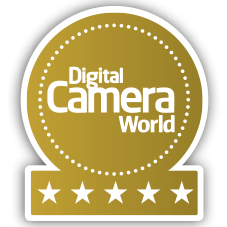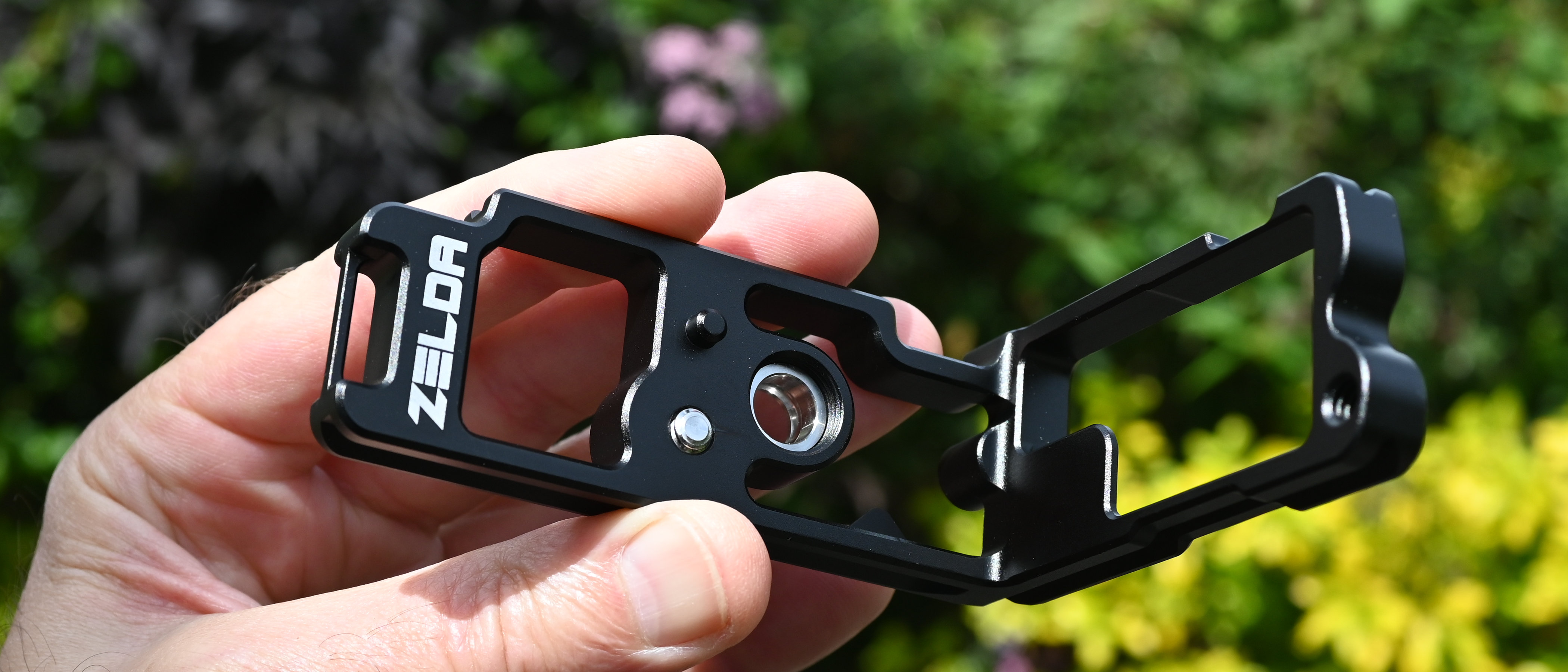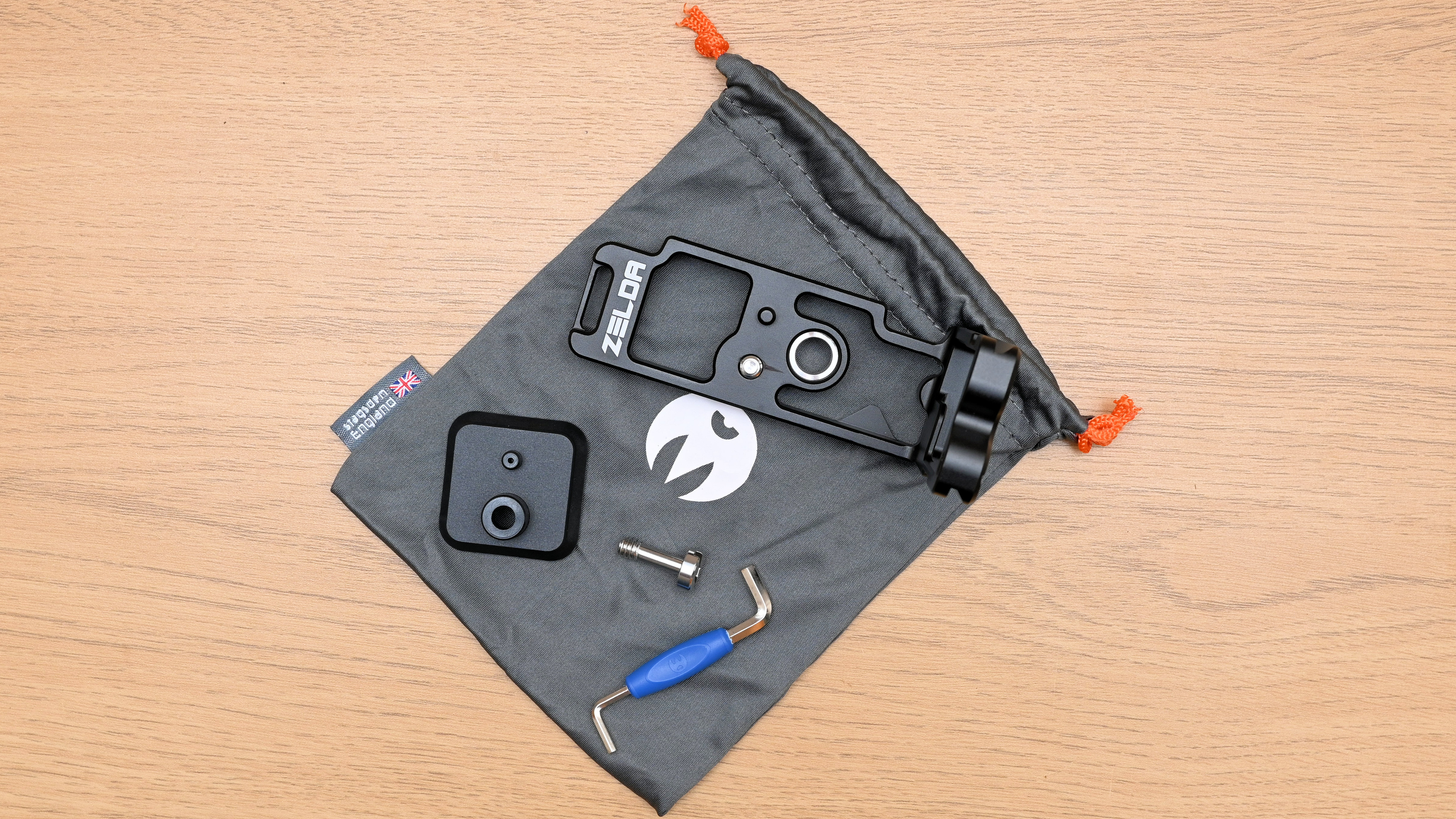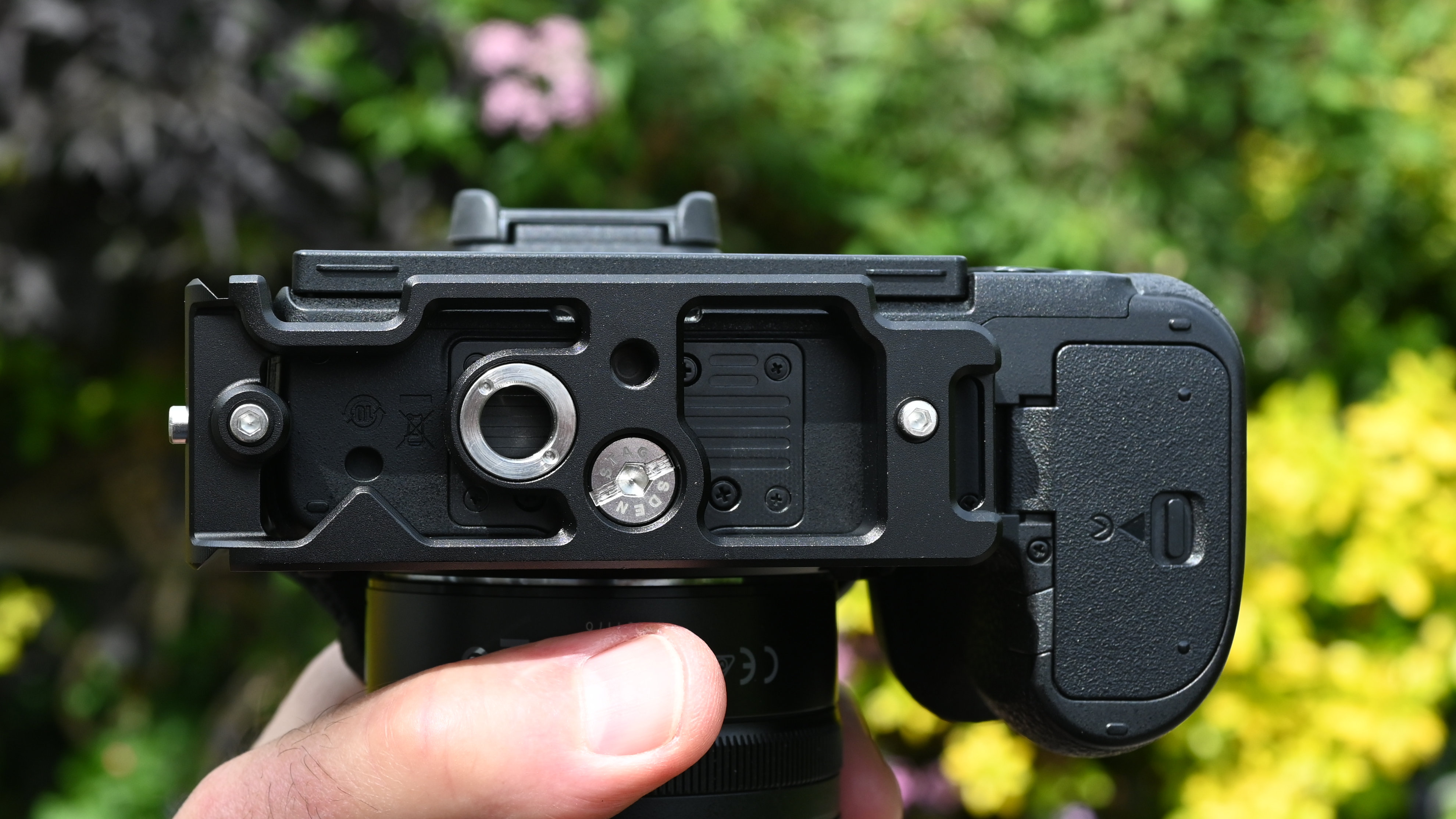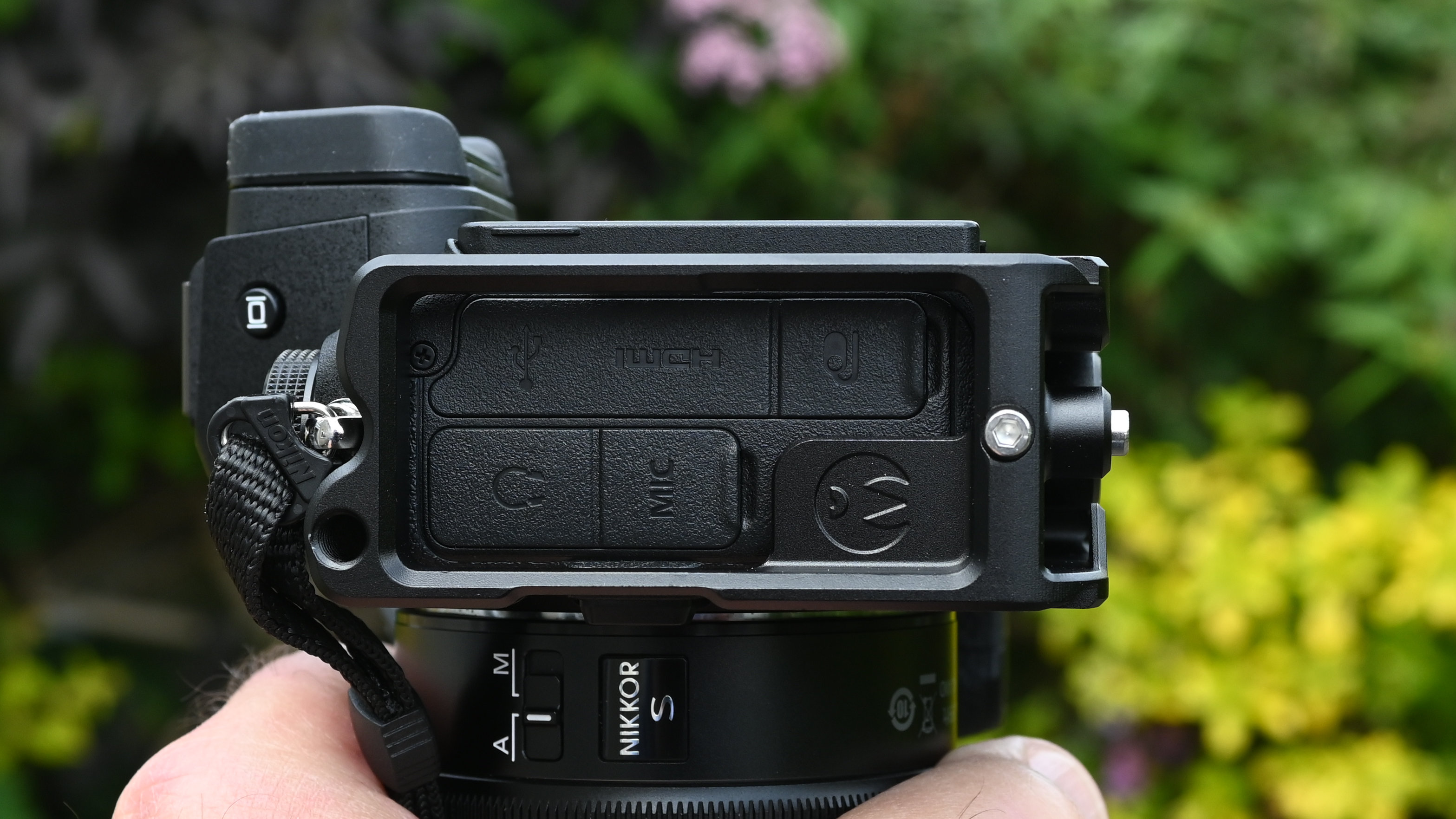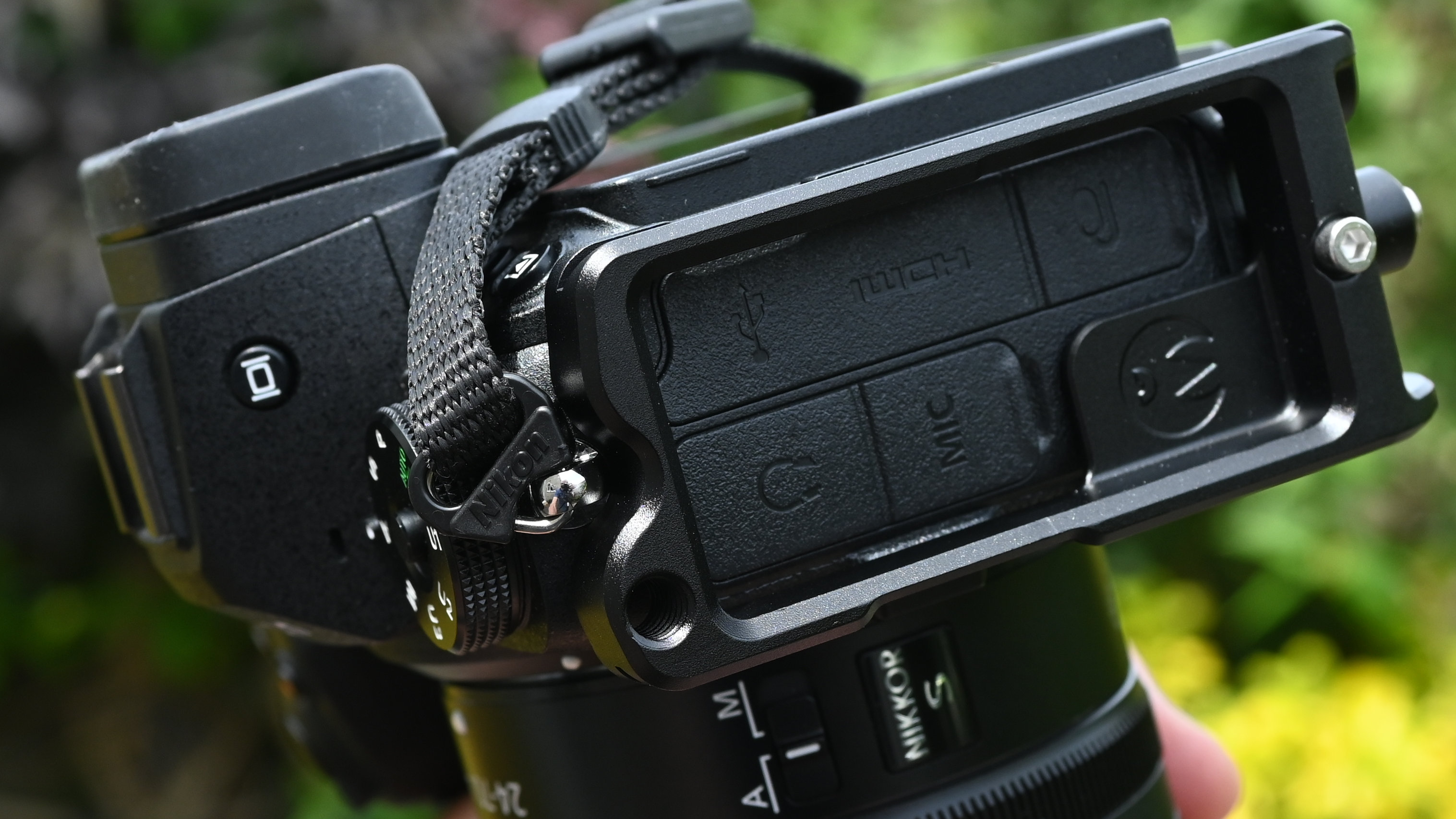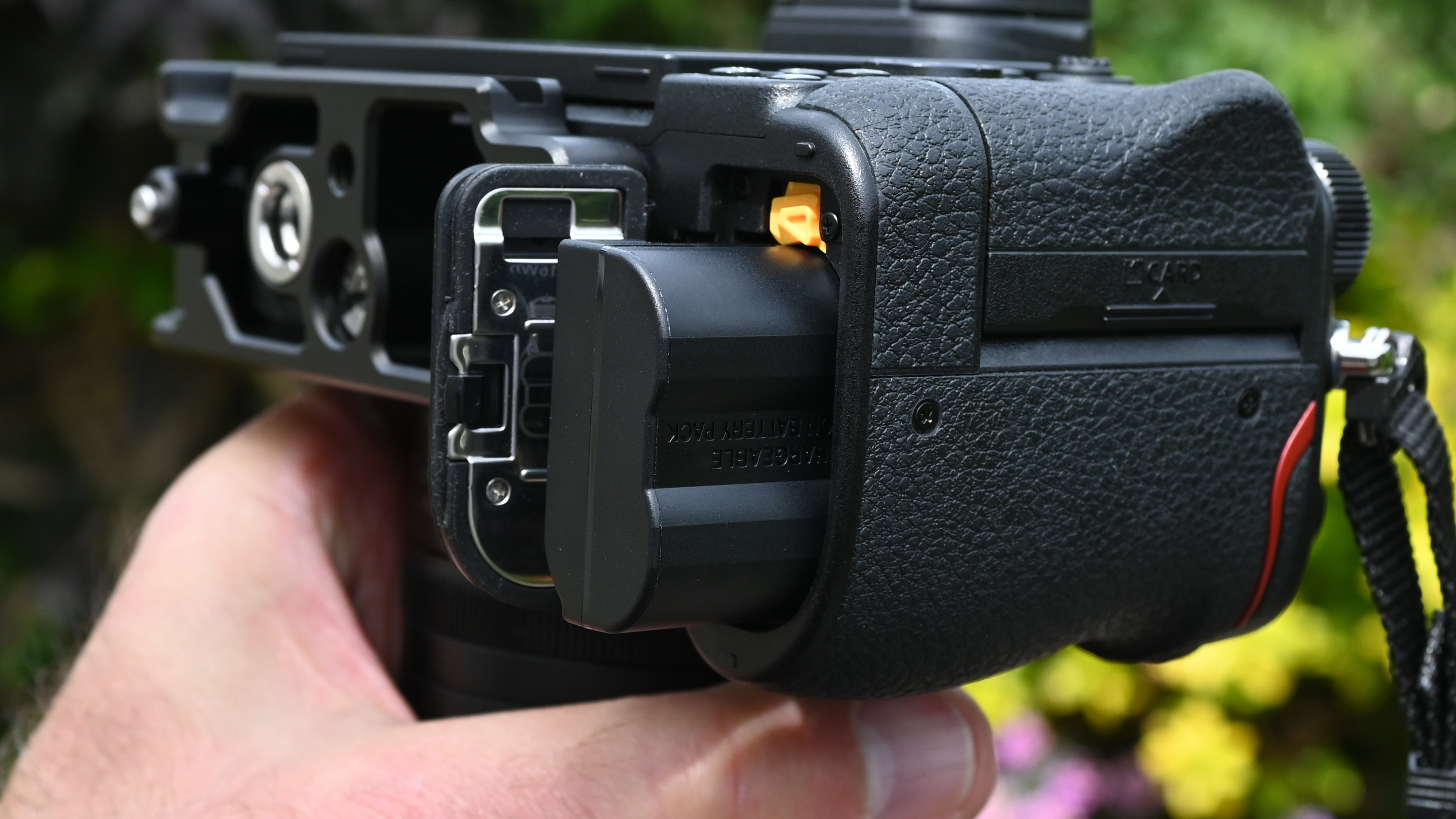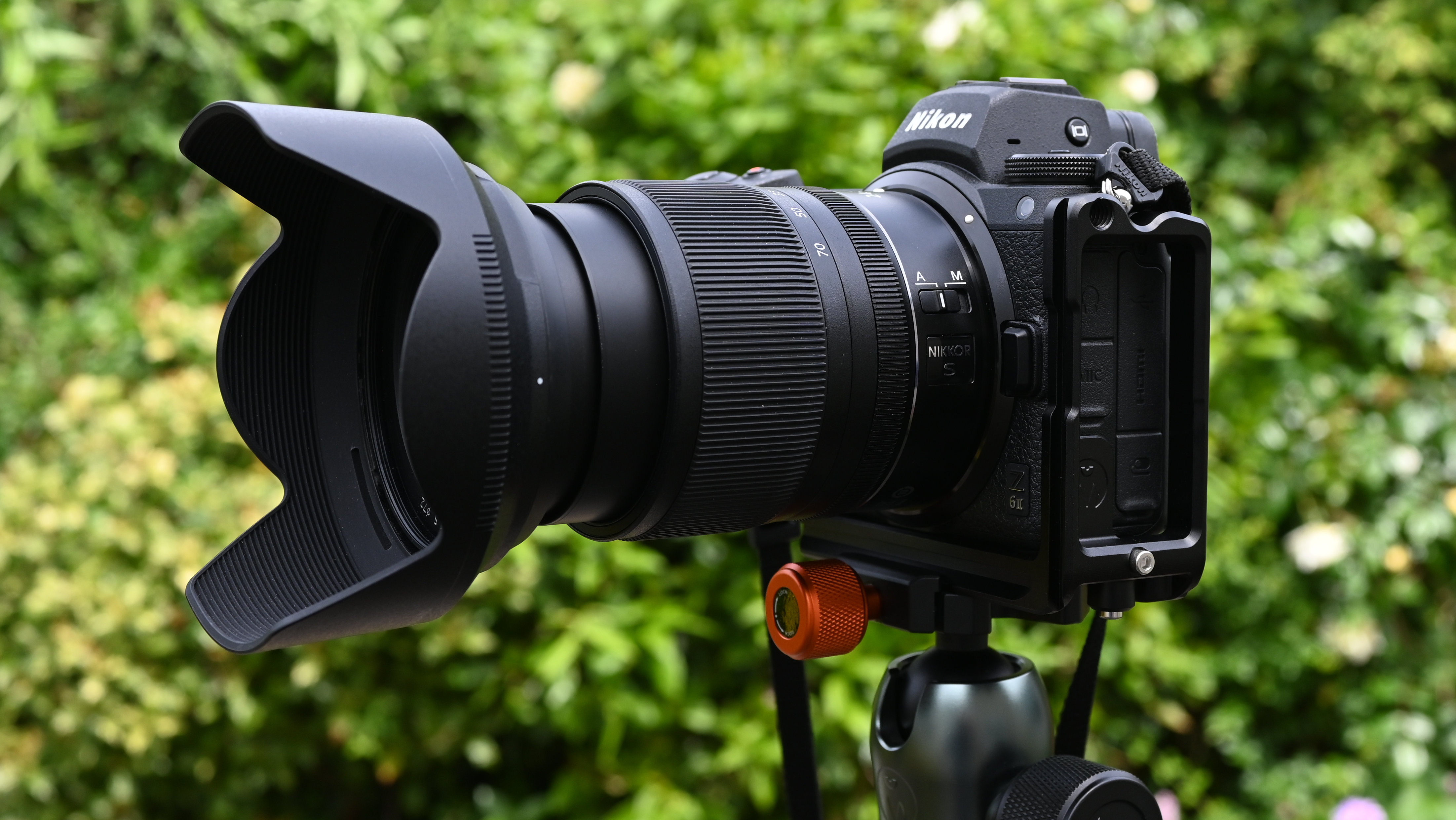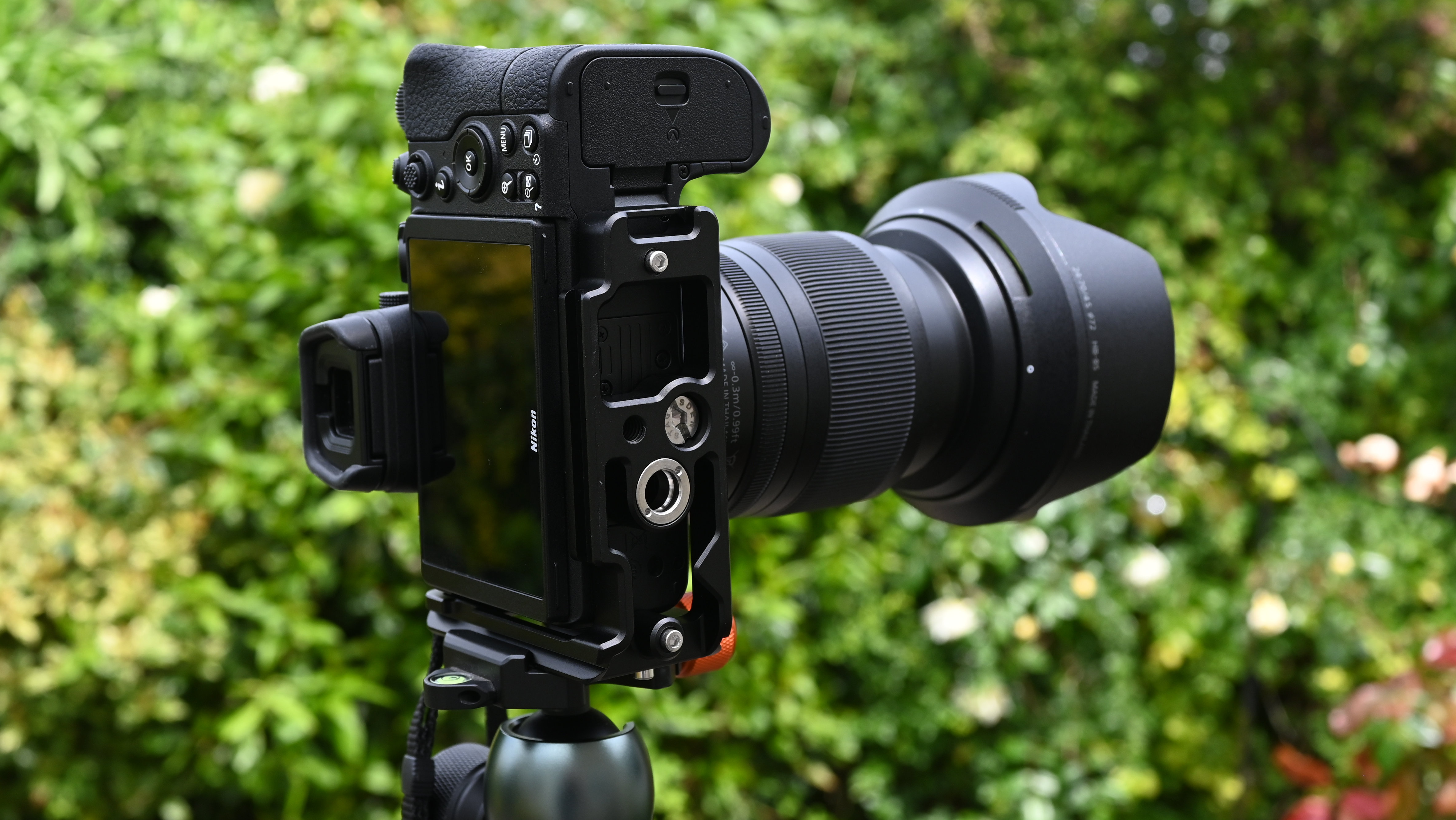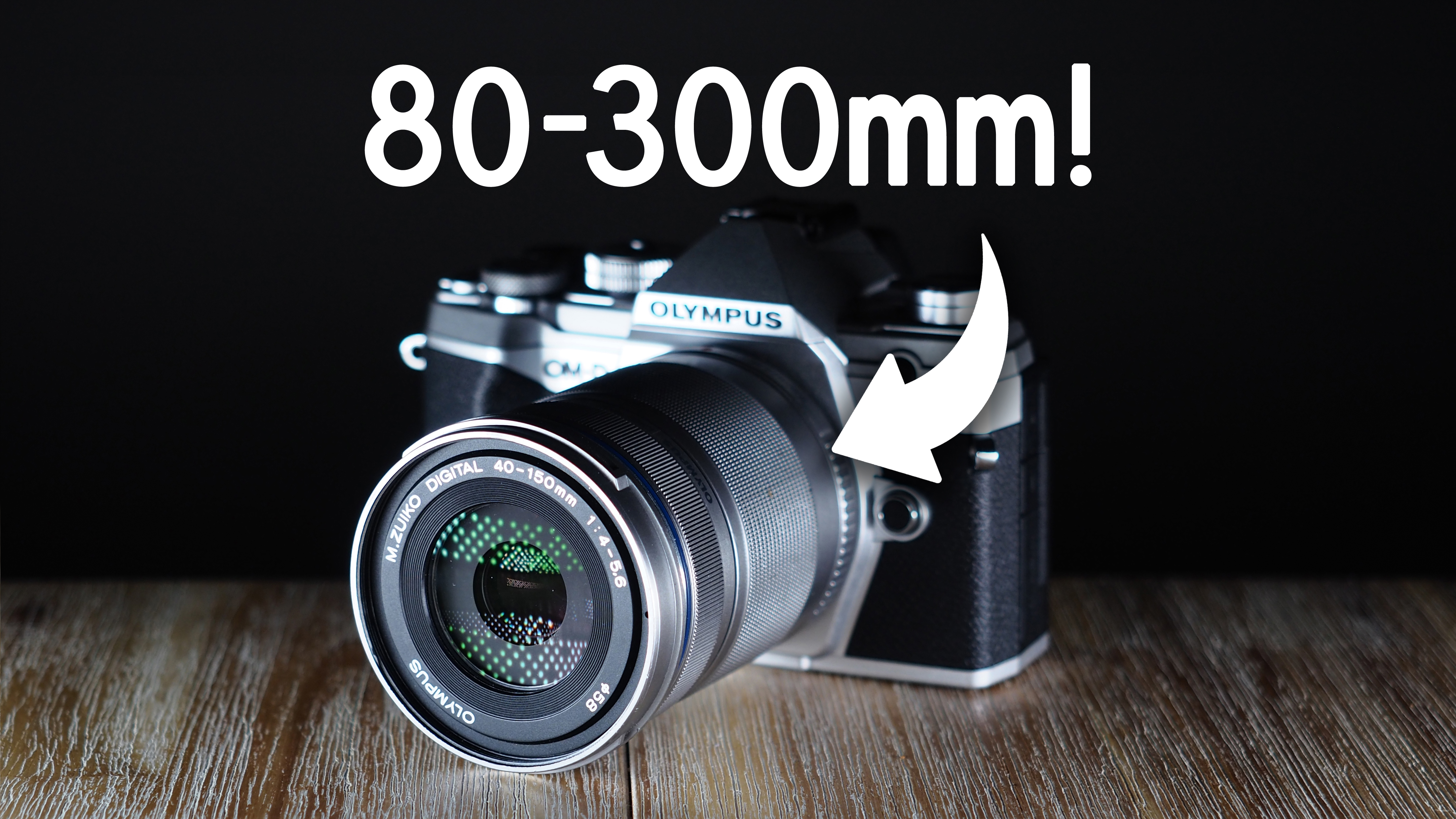Digital Camera World Verdict
Personally, I thought there was nothing whatsoever wrong with the original 3 Legged Thing Zelda L-bracket. Times change. The new QD version supports ‘Quick Detach’ and is Peak Design Capture (v3) compatible, adding to its attraction while retaining everything that made the original such a right-angled superstar.
Pros
- +
Super-solid dependability
- +
Aerospace-grade magnesium alloy
- +
Dedicated and precision engineered
- +
Peak Design Capture compatible
Cons
- -
Not the cheapest (understandably)
Why you can trust Digital Camera World
Meet Zelda, so named because this L-bracket is designed exclusively for Nikon Z system cameras. Z for Zelda, Z for Z5, Z6, Z6II, Z7 and Z7II. She’s not alone. There’s also the Arnie QD for Sony Alpha cameras, the Riley QD for the Canon EOS R7, the Roxie QD for Canon EOS R5, R5C, R6 and R6 Mark II, the Ollie QD for the OM System OM-1 and the Zooey QD that comes full circle back to Nikon for the Z8. That’s a large number of L-brackets for an even larger number of cameras, but they all have something in common.
Unlike the 3 Legged Thing Lexie, which is a multi-part universal L-bracket, all of the dedicated L-brackets are made from a single piece of metal, and not just any old iron (as the song goes – Peter Sellers, legend, can we name something after him?) Indeed, design flair, premium materials and precision engineering marks out these 3 Legged Thing offerings as some of the best L-brackets that money can buy.
3 Legged Thing Zelda QD: Specifications
Base length | 107mm / 4.2in |
Base width | 38mm / 1.5in |
Vertical aspect | 88mm / 3.46in |
Shoe compatibility | 38mm / 1.5in Arca-Swiss |
Weight | 78g / 2.8oz |
3 Legged Thing Zelda QD: Price
The Zelda QD isn’t the cheapest L-bracket on the market, selling for around $100 / £90 / AU$210. But I think that’s a very fair price for something that’s so well-engineered, tough and dependable. If I’m going to use an L-bracket, I want to be able to trust it with my life, or at least the life of my camera.
3 Legged Thing Zelda QD: Design & Handling
Designed without compromise, the Zelda QD and others in the range are made from a single piece of aerospace-grade magnesium alloy. There are therefore no moving parts and no joints that might wobble around or cause any unwanted flexing. And because it’s designed for a specific range of cameras, it fits even better than a hand in a glove. On top of that, it has all of the right cutouts in all of the right places, as I’ll come to later.
In its standard trim, all you need to do is to offer up Zelda to your Nikon and tighten the securing screw to your camera’s tripod mounting socket. You can use a coin for the tightening job, or one end of the Allen key provided in the kit. The base of the L-bracket has two further screws, one at each end, which act as an added safety feature, stopping the bracket sliding out of an Arca Swiss base plate if the clamp is loosened slightly. The upright has a single safety screw, and they’re all made from stainless steel.
One of the bugbears of universal L-brackets is that the cutouts are often in the wrong places. Being purpose-built for the aforementioned Z system Nikon cameras (not the Z5II or Z6III with their flip-around screens), the cutout on the shorter side allows full access to all of the flaps and their underlying ports for USB, HDMI, headphones, microphone and remote control.
Some people like to have a little extra something on the side. As it turns out, that’s not always a bad thing and nothing to be ashamed of. In this case, you might like to add a magic arm or a direct connection for a monitor screen, LED lamp or other accessories. Your desire is catered to by a 1/4in threaded socket at the top of the vertical side of the L-bracket.
The best camera deals, reviews, product advice, and unmissable photography news, direct to your inbox!
Here’s another annoyance with universal L-brackets. You might well have to remove them each and every time you want to change the battery in your camera – which can be sooner rather than later with power-hungry mirrorless cameras. Again, the cutout on the base of the L-bracket is just the right size and in just the right place so that you can swap batteries without any inconvenience of disconnecting and reconnecting the bracket.
As I’ve mentioned, the main difference between the Zelda QD and the original version is that the new and improve model is compatible with ‘Quick Detach’ and the Peak Design Capture (v3) system. As such, it comes with a Capture base plate that fastens to the L-bracket via a longer screw (supplied) which you can swap with the regular camera fixing screw.
3 Legged Thing Zelda QD: Performance
In most shooting scenarios, at least for stills photography, the whole point of using a tripod is to get a firm, solid and stable support for your camera, so that you can accurately compose images while also avoiding any unwanted movement, whether it’s a positional change or a case of the shakes. I tested the Zelda QD with my 3 Legged Thing Winston 2.0 carbon fiber tripod, which is super-solid and stable in its own right. Kicking off in landscape orientation, I found that the Zelda QD maintained the excellent rigidity and stability of the tripod, without introducing the merest hint of flexing or wobble.
Naturally, sticking to landscape orientation is completely at odds with what L-brackets are all about. Their sole purpose in life is to enable easy switching between landscape and portrait orientation shooting in double-quick time, and without the need to level your camera all over again. You just whip the L-bracket out of the mounting platform, flip it to one side and fasten it back in again. Job done. For this, the Zelda QD works every bit as well as I’d hope for.
Actually, there’s another performance aspect. Swivel your camera through 90 degrees for portrait orientation shooting without using an L-bracket, and you can run into problems. For one thing, the center of gravity immediately becomes considerably off-axis to the tripod head. Secondly, if you swivel it to the right, so that the shooting controls are at the top and feel natural in use, there’s a real risk that the camera will unscrew itself on its mounting plate. The Zelda QD effectively takes both of these potential problems completely out of the equation.
3 Legged Thing Zelda QD: Verdict
There’s a long line of 3 Legged Thing QD L-brackets, offering dedicated fitment to a wide range of cameras. The Zelda QD is a perfect fit for my Nikon Z6II and its siblings including the Z5, Z6, Z7 and Z7II. Naturally, it’s not compatible with the Z5II or Z6III, as the vari-angle rear screen works differently to the tilting screen of the compatible cameras, changing the required dimensions. I thought the original Zelda was the best L-bracket I’ve ever used. The new QD version is even better, as it adds ‘Quick Detach’ and Peak Design Capture (v3) support. It’s perfectly designed, precision engineered, immaculately finished in a choice of black or orange, and performs flawlessly. Zelda gets top marks from me!
Features ★★★★★ | The original Zelda had all the features I need, the QD’s extras are the icing on the cake. |
Design ★★★★★ | The design is absolutely spot-on in every respect, backed up by dependable aerospace-grade magnesium alloy construction. |
Performance ★★★★★ | Being made from a single piece of material, this L-bracket is rock-solid as well as being quick and easy to use. |
Value ★★★★☆ | There are cheaper L-brackets out there but like other ‘QD’ options in the line-up, this is one of the best. |
Alternatives
The 3 Legged Thing Lexie is a universal L-bracket, so you can adjust it to fit pretty much any camera. It lacks the tailor-made design credentials of dedicated L-brackets but can be a useful option if your camera isn’t supported, or if you have multiple cameras and want to be able to use a single L-bracket with all of them.
The NiSi Wizard Camera Bracket is like an L-bracket, but different. Rather than following the typical right-angle theme, it has a circular rotational mechanism that enables you to shoot at any angle, like using a tripod mounting collar for a big lens. It’s a neat solution but isn’t universally compatible with all cameras and lenses.
Matthew Richards is a photographer and journalist who has spent years using and reviewing all manner of photo gear. He is Digital Camera World's principal lens reviewer – and has tested more primes and zooms than most people have had hot dinners!
His expertise with equipment doesn’t end there, though. He is also an encyclopedia when it comes to all manner of cameras, camera holsters and bags, flashguns, tripods and heads, printers, papers and inks, and just about anything imaging-related.
In an earlier life he was a broadcast engineer at the BBC, as well as a former editor of PC Guide.
You must confirm your public display name before commenting
Please logout and then login again, you will then be prompted to enter your display name.
